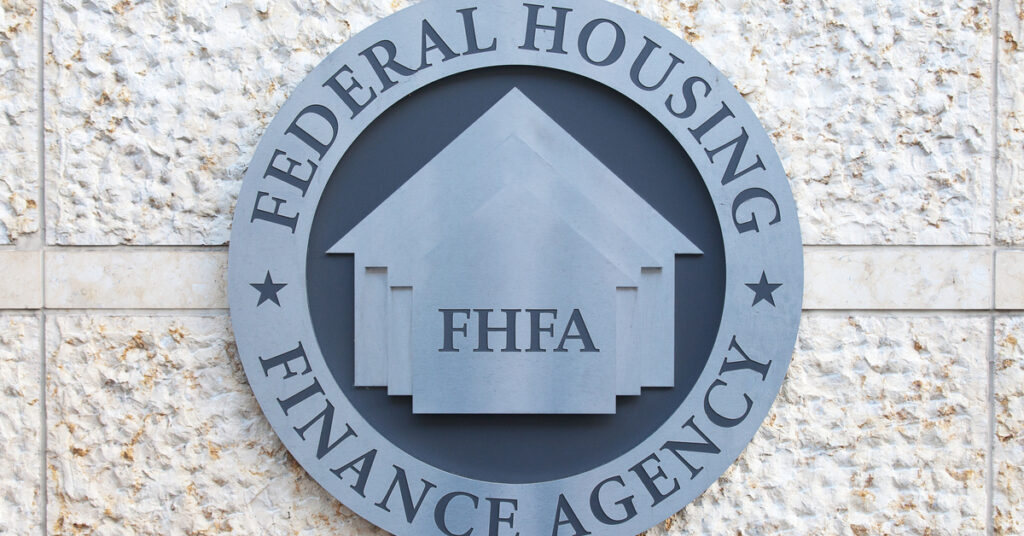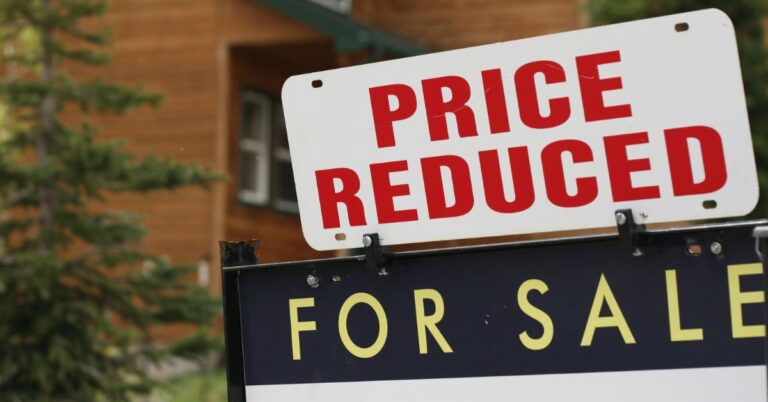The Federal Housing Finance Agency (FHFA) and Ginnie Mae have updated their minimum financial eligibility requirements for sellers, servicers and issuers of Fannie Mae, Freddie Mac and various government-backed loans (including those through the Federal Housing Administration and U.S. Department of Veterans Affairs).
The new update effectively changes course on some previously proposed changes that ignited criticism from industry groups. Since 2015, sellers, servicers and issuers must meet certain financial requirements to be approved to do business with Fannie and Freddie, the government-sponsored enterprises (GSEs). These requirements include minimum levels of capital and liquidity to mitigate the risk taken on by Fannie and Freddie, and from time to time, the FHFA monitors this risk level and evaluates potential changes to the eligibility requirements.
The FHFA floated some changes in February and received mixed reviews. Some plans, such as the establishment of different requirements for large sellers and servicers, were applauded by groups such as the Community Home Lenders Association (CHLA), which is focused on smaller, independent lenders. But other parts of the proposal, including higher capital ratios and the elimination of intangible assets in net worth, were controversial. Organizations such as CHLA were concerned that these measures were harmful — or even punitive — to independent mortgage banks (IMBs).
“CHLA’s initial concern is that the elimination of intangible assets in net worth and the much higher capital ratio will push smaller IMBs out of the market, creating consolidation and increased concentration in the mortgage servicing industry, which is not good for the consumer,” Scott Olson, CHLA executive director, said at the time. His organization was among a handful of groups that sent letters to the FHFA during the proposal’s public comment period in the spring.
The FHFA’s update to eligibility requirements took some of these concerns to heart, including smaller companies’ trepidations about raising the floor on capital ratios for nondepository institutions. The original proposal would have pushed this ratio to 9% from the current 6%, but the current ratio will stay put.
Other proposed requirements have been adjusted, such as a downward revision to the 200 basis-point hedging requirement originally proposed in February. The final version of the eligibility update has the hedging requirement at 50 basis points, with an exemption for small sellers (those that originated less than $1 billion in mortgages over the past four quarters).
Get these articles in your inbox
Sign up for our daily newsletter
Get these articles in your inbox
Sign up for our daily newsletter
The CHLA said it was grateful that Ginnie Mae and the FHFA were cognizant of small-lender concerns, but added that it will continue to campaign for more changes in consideration of the housing market’s current uncertain environment.
“The Community Home Lenders of America (CHLA) appreciates the fact that Ginnie Mae and FHFA listened to our smaller IMB perspective — scaling back the 2% Hedging and Risk-based Capital Requirements and pushing back the effective dates,” the group said in a written statement.
“However, with these enhanced requirements coming out the same week that Wells Fargo is announcing a major retreat from mortgage lending, CHLA expects to suggest further modifications so that the critical access to mortgage credit role IMBs play is not diminished.”
The FHFA and Ginnie, for their part, reiterated the importance of mitigating risk and vetting servicers to ensure access to housing credit, especially during times of economic stress.
“The updated eligibility requirements represent an ongoing commitment to the safety and soundness of Fannie Mae and Freddie Mac by strengthening the capacity of seller/servicers to meet the financial responsibilities associated with doing business with [the GSEs],” said FHFA director Sandra L. Thompson.
“FHFA and Ginnie Mae’s effort to coordinate on financial eligibility requirements provides greater consistency for enterprise seller/servicers and Ginnie Mae issuers.”





















































